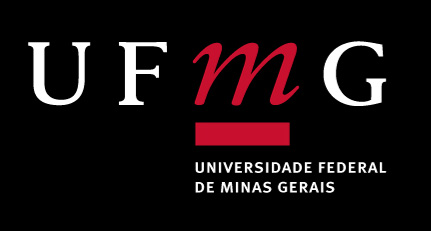Agent-based model implemented using the TerraME framework to simulate the dynamic transmission of dengue fever
DOI:
https://doi.org/10.35699/2237-549X..13459Keywords:
Densidade de vetores por humanos, Epidemia, Modelagem dinâmica espacialmente explícita, Mobilidade humana, PNCD, Taxa de renovação humanaAbstract
O objetivo deste trabalho é utilizar a plataforma TerraME para desenvolver um modelo que contribui na compreensão do comportamento espaço-temporal da transmissão da dengue e seus fatores influenciadores. Durante a implementação do nosso modelo, foi necessário adotar regras e parâmetros de entrada, os quais representam fatores determinantes potenciais para a dinâmica de transmissão da dengue. O uso dessas regras permite simulações de cenários de epidemias na ausência e na presença de medidas de controle de transmissão de dengue
Downloads
References
ANDRAUD, Mathieu et al. Dynamic Epidemiological Models for Dengue Transmission: A Systematic Review of Structural Approaches. PLoS ONE 7(11): e49085. doi:10.1371/ journal.pone.0049085. 2012.
BELO HORIZONTE. Law nº 7166, August 27, 1996. Establishes rules and conditions for payment in installments, occupation and use of urban land in the municipality. Disponible: <https://leismunicipais.com.br/planode-zoneamento-uso-eocupacao-do-solo-belohorizonte-mg-2014-01-20- versao-compilada>. Access: 31 Out. 2016.
BRAZIL. Ministry of Health. Secretariat of Health Surveillance. Department of Communicable Disease Surveillance National Contingency Plan for Dengue Epidemic / Ministry of Health, Secretariat of Health Surveillance, Department of Communicable Disease Surveillance. - Brasilia: Ministry of Health, 2015.
BRAZILIAN INSTITUTE OF GEOGRAPHY AND STATISTICS (IBGE). Downloads. Geosciences. Organization of the territory. Territorial meshes. Municipal meshes. Municipalities in 2010. 2016a.
BRAZILIAN INSTITUTE OF GEOGRAPHY AND STATISTICS (IBGE). IBGE releases population estimates for municipalities in 2016. 2016b.
CARNEIRO,Tiago Garcia de Senna et al. An extensible toolbox for modeling natureesociety interactions. Environmental Modelling & Software 46 (2013) 104e117. 2013.
ENVIRONMENTAL SYSTEM RESEARCH INSTITUTE (ESRI). ARC/ INFO. Version 10.2. 2013. DVD-ROM.
FOUNDATION NATIONAL HEALTH (FUNASA). National Program for Dengue Control. Brasília: FUNASA, 2002.
FAVIER, Charly et al. Influence of spatial heterogeneity on an emerging infectious disease: the case of dengue epidemics. Proc R Soc B 272: 1171–1177. 2005.
MAIDANA, Norberto Aníbal &YANG, Hyun Mo. Describing the geographic spread of dengue disease by traveling waves. Math Biosci 215: 64–77. 2008.
MEDEIROS, Líliam César de Castro. A diffusion model of infection by dengue virus. 2008. Thesis (Doctorate in Computational Mathematics) - Federal University of Pernambuco (UFPE), Recife, 2008.
MEDEIROS, Líliam César de Castro et al. Modeling the dynamic transmission of dengue fever: investigating disease persistence. PLOS neglected tropical diseases, 5(1), e942. 2011.
NATIONAL INSTITUTE FOR SPACE RESEARCH (INPE). TerraME Types and Functions. Developed by National Institute for Space Research et al. São José dos Campos, 2016.
OTERO, Marcelo & SOLARI, Hernán Gustavo. Stochastic ecoepidemiological model of dengue disease transmission by Aedes aegypti mosquito. Math Biosci 223: 32–46. 2010.
PONGSUMPUN P et al. Dynamics of dengue epidemics in urban contexts. Trop Med Int Health 13(9): 1180–1187. 2008.
TRAN, Annelise & RAFFY, Marcel. On the dynamics of dengue epidemics from largescale information. Theoret Population Biol 69: 3–12. 2006.
Downloads
Published
How to Cite
Issue
Section
License
Copyright (c) 2017 Revista Geografias

This work is licensed under a Creative Commons Attribution 4.0 International License.
Os artigos desta revista obedecem a licença Creative Commons — Attribution 4.0 International — CC BY 4.0









